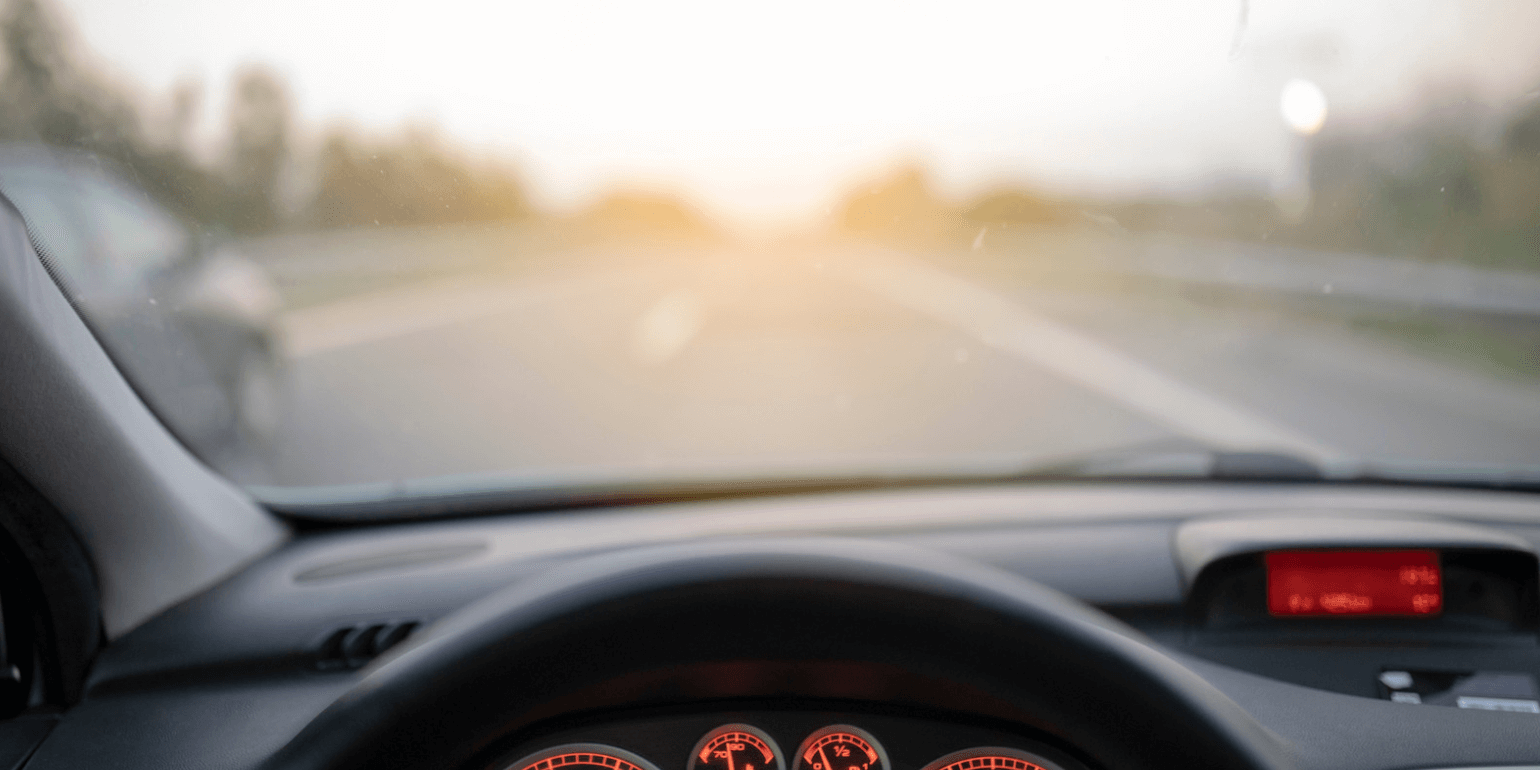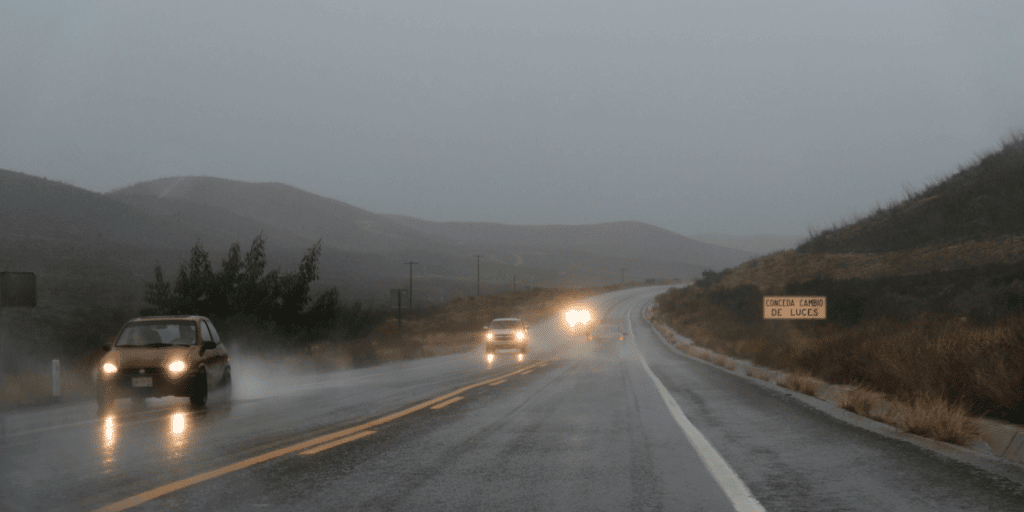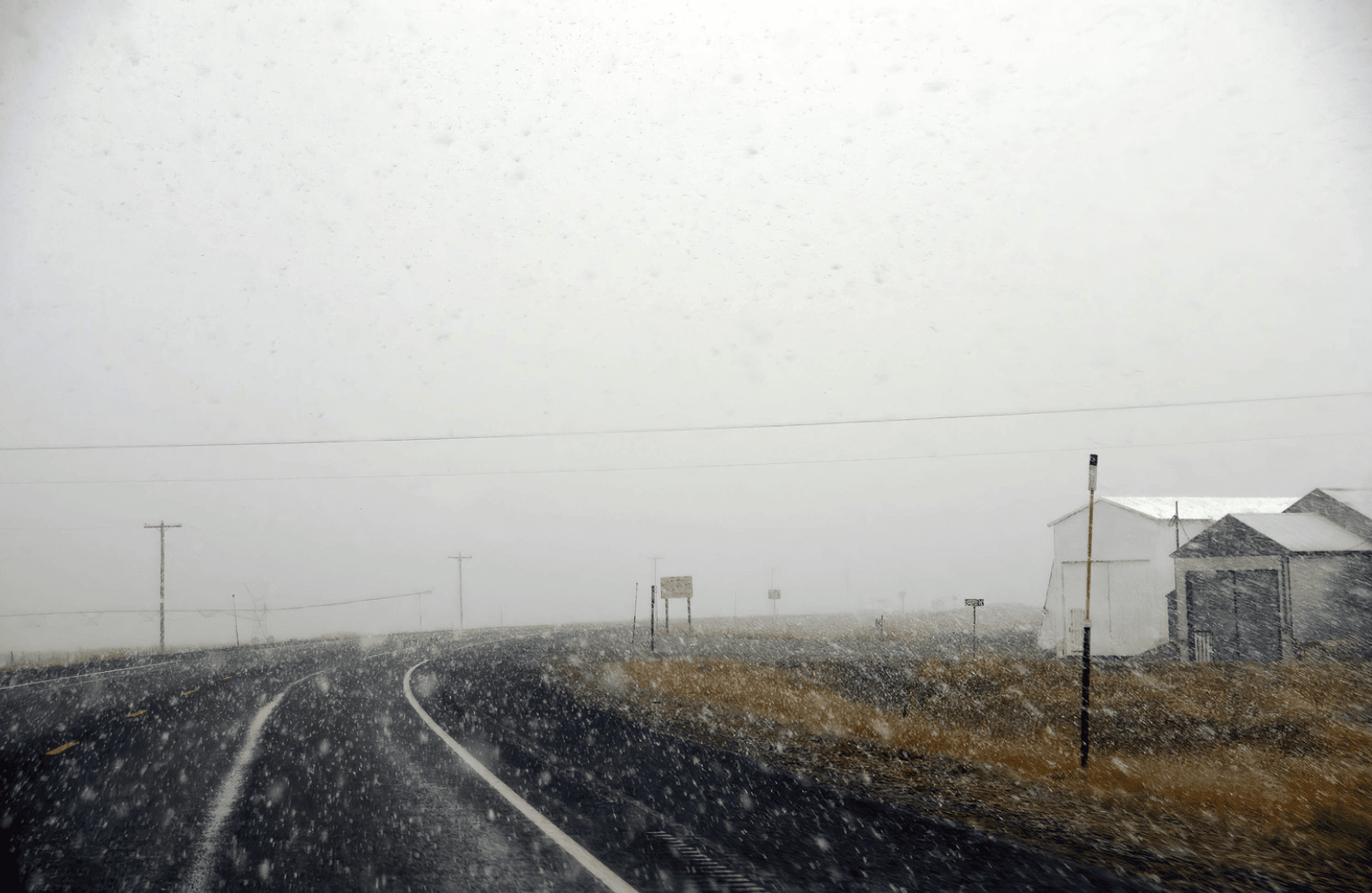RECENT POSTS
Categories
8 Fall Driving Hazards (and Ways To Handle Them)

As the fall season brings summer to an end, rapid changes begin to occur. The days grow considerably shorter and cooler, children return to school wearing jackets, and the trees turn brilliant colors as their leaves blanket the streets. Unfortunately, while the warmth and color of autumn are welcome in easing the transition to winter, the season presents significant dangers to drivers. Some of these hazards might surprise you:
1. Sun Glare
As the days shorten, drivers tend to find themselves reaching for their sun visors on their morning and evening commutes. Because the sun is naturally closer to the horizon during the fall and winter months, it tends to remain in drivers’ line of vision, blinding and distracting them from the road.
How to Stay Safe:
- Invest in a pair of polarized sunglasses to keep in your car.
- Clean the inside and outside of your windshield with glass cleaner regularly - dirt and streaks scatter can light and make it more difficult to see.
- Avoid putting shiny, reflective objects on your dashboard.
- When blinded, slow down significantly and leave extra room between you and the car in front of you.
2. Reduced Daylight
At the onset of daylight savings time, 5 o’clock commutes grow darker and increasingly hazardous. Earlier sunsets can make it more difficult to see road signs, exit lanes and other cars. Darkness also affects depth perception, color recognition, and peripheral vision - historically, this has led to a spike in accidents during the weeks following the clock shift.
How to Stay Safe:
- Be extra cautious and alert when visibility is poor.
- Slow down.
- Make sure your headlights are on and operating properly.
- Don’t use your brights if facing other cars - they can blind drivers and reduce their reaction time.
3. Deer
Though fall marks the beginning of deer hunting season, it marks breeding season as well, bringing deer and their young out in force. During their October to January breeding season, deer migrate greater distances, pay less attention to their surroundings, and are more likely to step out onto the road. Deer are most active between sunset and sunrise, making these times more likely for collision. Hitting a deer can put a driver in serious danger - adult deer can weigh more than 300 pounds.
How to Stay Safe:
- Slow down during peak hours for deer migration (between sunrise and sunset).
- Look out for “deer crossing” signs and reduce your speed accordingly.
- Use your brights when possible to increase visibility.
- Monitor the tree line on either side of the road.
- Never swerve to avoid a deer. It is better to hit the deer head on than a tree or another driver, or risk flipping your car.
- Wear your seatbelt. This can and does make the difference between life and death in the event of collision.

4. Tire Pressure
Tires typically drop one PSI (pound per square inch) in pressure every month. For every 10 degree temperature drop, they drop another PSI. Tire pressure can affect braking time and the responsiveness of your car. As the air cools, it’s important for drivers to regularly monitor their tire pressure.
How to Stay Safe:
- Pay attention to tire pressure warnings on your dash - don’t ignore them.
- Use a handheld gauge to check your tire pressure twice a month or so.
- If your pressure is low, take your car to a local tire fill station for a free top up.
5. School Children
Children returning to school aren’t thinking about how best to avoid cars when getting off the bus or crossing the street. Adult drivers are responsible for keeping a sharp eye out for kids on the roadways. Another thing to watch out for is the surplus of young drivers that the back-to-school season brings. Older siblings picking up students and dropping them off may be less focused or aware of the rules of the road. Use extra caution when near a school zone.
How to Stay Safe (and Keep Them Safe):
- If a school bus has a stop sign extended with its flashers on, pull over until the bus moves on. It’s illegal not to do so, and unsafe for the children boarding the bus.
- Slow down and stay alert in school zones, especially around the times school begins and lets out. Kids can dash across the road in the blink of an eye.
6. Leaves
Fallen leaves are a beautiful marker of the season. They gather in piles for children to jump into, adding softness and color to the increasingly dull fall grass. Unfortunately, leaves don’t discriminate as to where they fall. Leaves can litter the road, obscuring lane markers and blocking drainage. Worse, these leaves become slick as ice when it rains - and just as dangerous. Tires can lose their traction when they hit a patch of leaves, causing an accident.
How to Stay Safe:
- Reduce your speed to avoid losing traction, and to maintain a better reaction time if you end up losing control. On a dry road, a car going 45 MPH can come to a complete stop in about 80 feet. On wet leaves, a complete stop requires 200 feet of road.
- If you begin to skid, don’t slam on the brakes. This can cause your car to spin out of control. Instead, point your wheels in the direction you want to go, and get control over your steering at the first available opportunity.
- Make sure your tires have a decent tread. This can improve traction.
7. Fog
Fog is mysterious, beautiful, and a little spooky. It can also spell death on the road. Weather changes can produce a thick layer of moisture in the air, reducing your sight and eliminating your distance perception.
How to Stay Safe:
- Use your fog lights, located in most cars next to the other lighting controls.
- Avoid using your brights - unlike a sweeping fog beam, your high beams can reflect off the fog and blind you further
- Avoid driving in heavy fog when possible. If you must, then slow down.
8. Frost
Frost can begin forming at or below 32 degrees Fahrenheit. Getting in your car in the morning to discover a layer of frost on the windows is inconvenient if dealt with and extremely dangerous when ignored. Frost can significantly obscure your vision, and is not likely to melt on its own by the time you leave your driveway.
How to Stay Safe:
- Set your car heater to defrost your windshield before travel.
- Remove frost with a soft brush or squeegee.
- Buy a window de-icing solution or make it yourself with three parts vinegar and one part water in a squirt bottle.
- When the air is cold enough to form frost, drive much more slowly than normal and stay on high alert, especially when approaching a bridge or overpass. Nearly a quarter of weather-related crashes are caused by ice.
- Keep a greater distance between your car and the car in front of you in case one of you loses control.
- Pay attention to “bridge freezes before road” signs and traverse those areas at a snail’s pace.
- If you hit a patch of ice, don’t panic and don’t brake. Keep the steering wheel straight until you’ve cleared the ice and regained traction.

Ready to work together? Contact us today for a free consultation.
HERE'S WHAT TO DO NEXT
If you or a loved one have been injured and think you might have a case, call us now for a free consultation.


